- AI is transforming energy storage by enhancing battery efficiency, predicting energy demand and optimising grid stability.
- China leads the way with AI-driven smart grids and large-scale energy storage projects, significantly improving renewable integration.
- AI-powered solutions are also advancing in Asia and globally, helping to stabilise power grids and make renewable energy more reliable.
As the world accelerates its transition to renewable energy, one of the biggest challenges remains: intermittency. Solar and wind power are clean and abundant but fluctuate depending on weather conditions. This variability can strain energy grids and reduce efficiency. However, Artificial Intelligence is emerging as a game-changer, optimising energy storage systems, predicting demand and stabilising grids to ensure a steady and reliable energy supply. Nowhere is this transformation more critical than in China, which leads the global renewable energy push.
China: AI-Driven Battery Storage at Scale
China is at the forefront of AI-enhanced energy storage, integrating advanced technology to address grid stability challenges. The country is home to the world’s largest battery storage facilities, such as the Dalian Flow Battery Energy Storage Peak-shaving Power Station. This 100MW/400MWh vanadium flow battery, launched in 2022, leverages AI-driven analytics to optimise charge and discharge cycles, ensuring efficiency and longevity [1] .
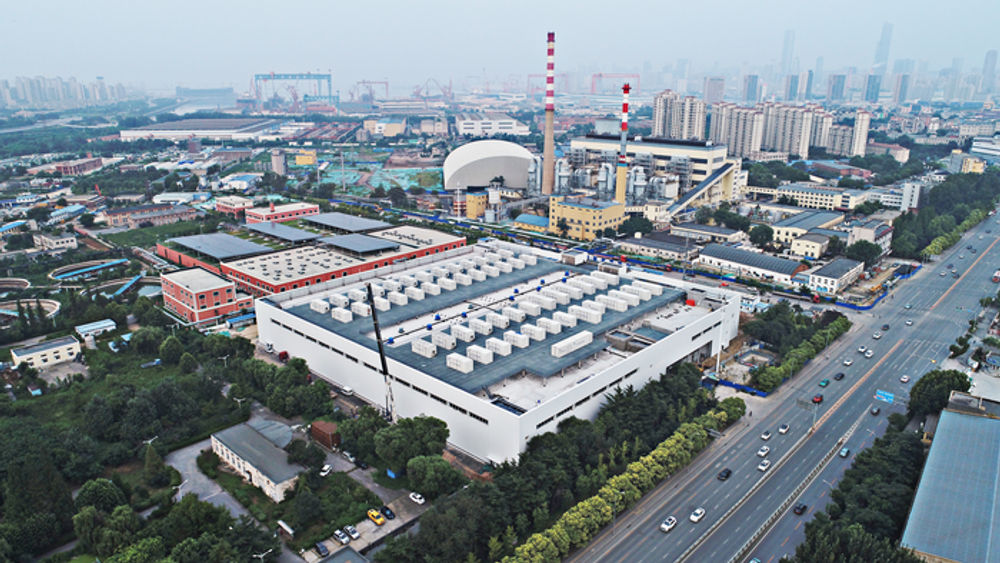
Shanghai has implemented AI-powered smart grids to manage renewable integration more effectively. The city’s energy forecasting models, developed by the Shanghai Academy of Artificial Intelligence for Science, predict power generation fluctuations with 95% accuracy, allowing for more precise grid balancing. AI also enables distributed energy storage across commercial and residential areas, reducing transmission losses and improving energy resilience. [2],
China’s State Grid Corporation is investing heavily in AI to enhance pumped hydro storage, which currently constitutes 27% of the nation’s energy storage capacity. AI models simulate weather patterns, electricity demand, and water flow rates to determine the optimal energy dispatch strategy, significantly increasing operational efficiency [3].
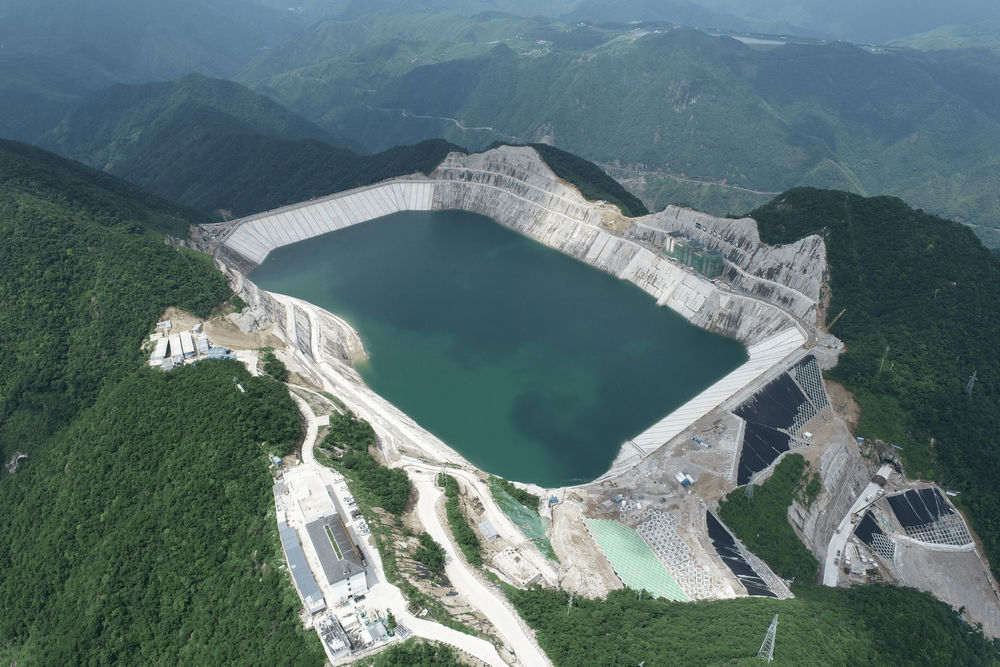
Asia: AI-Optimised Energy Solutions Beyond China
Elsewhere in Asia, countries are leveraging AI to maximise battery storage and stabilise renewable energy supply. Singapore’s SP Group employs AI to manage one of Southeast Asia’s most advanced urban energy grids. AI-powered battery storage systems dynamically adjust supply in real time, reducing peak demand stress by 15%. The city-state also uses AI to optimise its floating solar farms, which generate power with 20% greater efficiency than traditional solar panels [4].
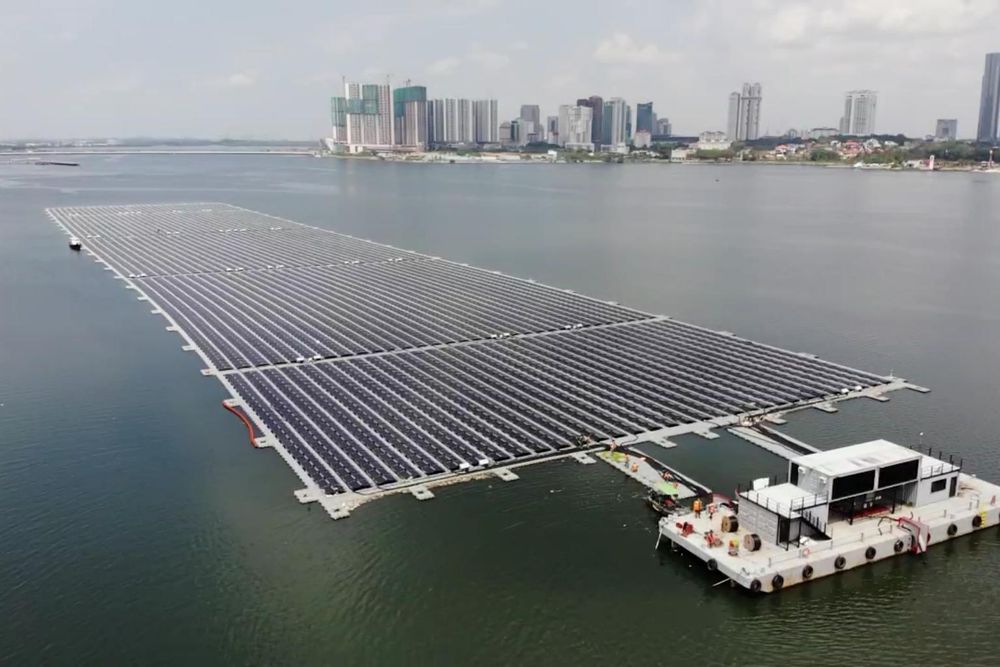
In South Korea, the Jeju Island Renewable Energy Microgrid utilises AI-powered predictive analytics to optimise wind and solar energy storage. The system has reduced reliance on fossil fuels by 40% since its implementation in 2019 [5].
Japan is also pushing the boundaries of AI-powered energy storage. The Fukushima Renewable Energy Institute has developed an AI-enhanced hydrogen storage system that uses deep learning models to anticipate demand and optimise energy distribution. This technology is paving the way for large-scale hydrogen storage solutions, critical for long-term renewable energy adoption [6].
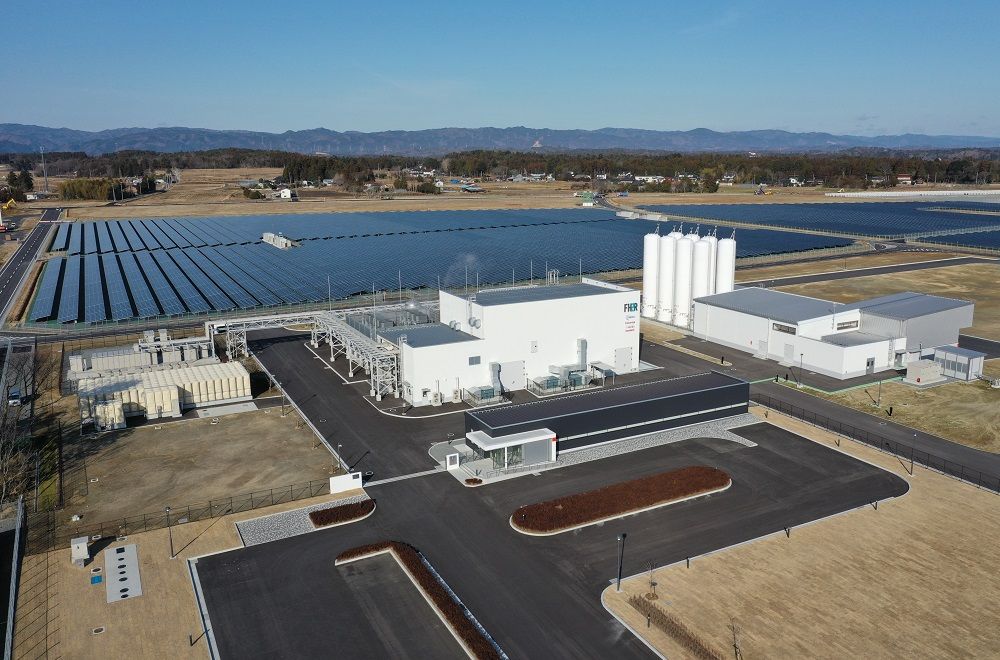
Global AI-Powered Energy Storage Innovations
Beyond Asia, AI is revolutionising energy storage in Europe and North America. In Germany, Tesla’s Autobidder AI platform enables large-scale battery operators to participate in electricity markets by autonomously trading stored energy based on predictive demand models. This has helped stabilise Germany’s grid while making battery storage more financially viable [7].
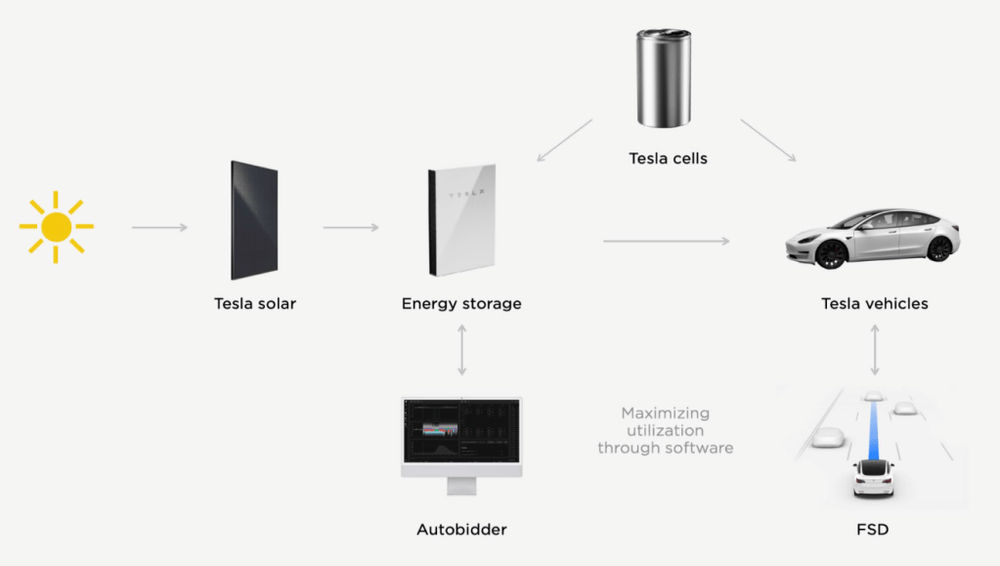
In the U.S., AI-driven Virtual Power Plants (VPPs) are reshaping energy storage. Companies like Stem Inc. and Fluence use machine learning to optimise energy dispatch from distributed battery networks. California’s AI-powered VPPs have prevented blackouts during extreme heatwaves by responding to grid fluctuations in milliseconds [8].
Australia is also leading in AI-integrated battery storage. The Hornsdale Power Reserve, the world’s largest lithium-ion battery, uses AI to analyse real-time data and predict energy demand fluctuations. This has resulted in a 40% reduction in grid stabilisation costs, making renewable energy more economically viable [9].
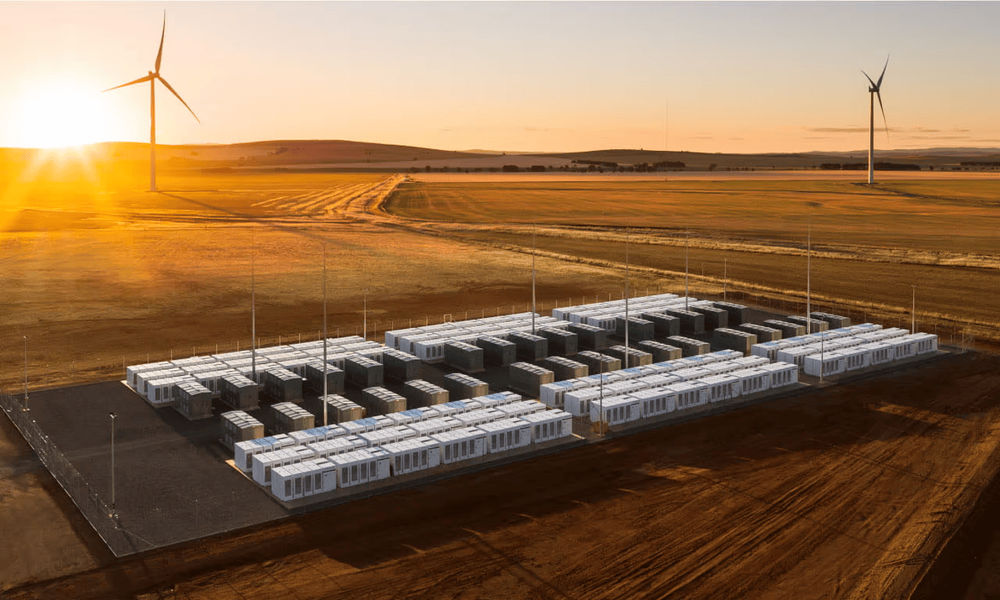
The Future: AI as the Key to Energy Security
AI’s role in energy storage is only set to expand. Emerging technologies such as neural network-based forecasting and reinforcement learning for grid optimisation are improving energy dispatch precision. AI is also enabling the next generation of solid-state batteries, which promise higher energy density and faster charging times.
For China, AI-enhanced energy storage is critical to achieving carbon neutrality by 2060. As AI continues to optimise storage efficiency, predict energy demand, and stabilise power grids, it is paving the way for a fully renewable-powered future—not just for China, but for the world.
Sources:
[1] China Energy Storage Alliance [2]Shanghai Academy of Artificial Intelligence for Science [3]State Grid Corporation of China [4]Energy Market Authority of Singapore [5]Korea Institute of Energy Research [6]Fukushima Renewable Energy Institute [7]Tesla Autobidder [8]California Energy Commission [9]Australian Renewable Energy Agency







